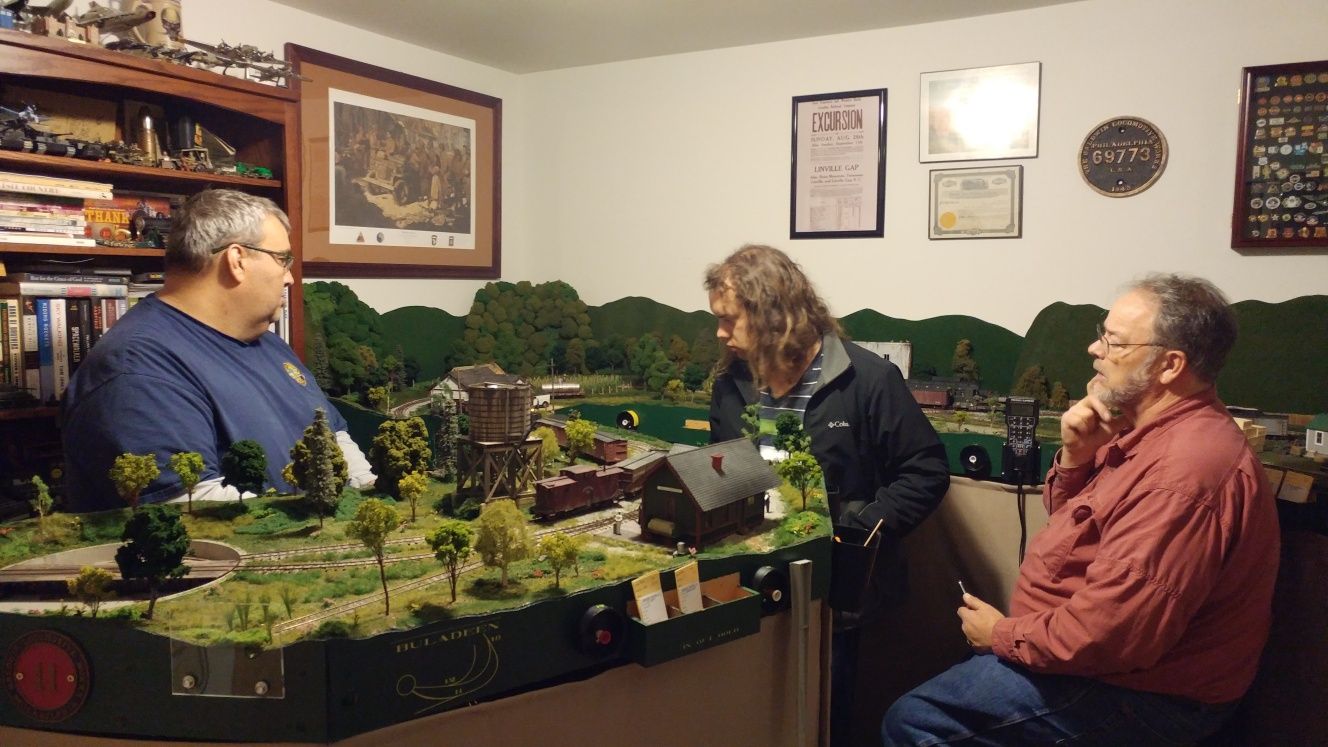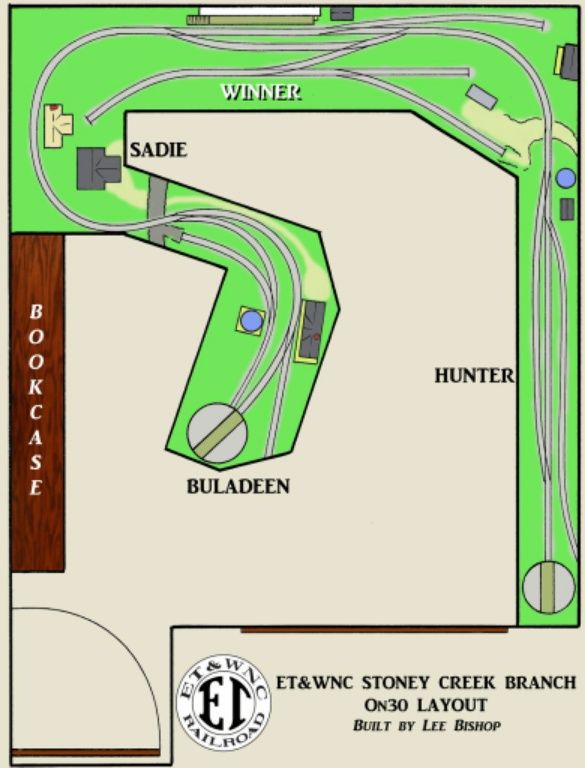I have been planning an operational system for running my trains with some idea of what rr do. After some thought and research, I have decided to copy the "Simple car card system" developed by Tom Driscoll that you can find with a youtube web search if interested. That system operates so that at the end of a session, the cars are spotted for the start of the next numbered session. Mr. Driscoll explains it well. So, subject to change . . .
I will have 6 main sessions. (S1, S2 . . .) Each main session has 4 basic subsessions. (Building trains, Freight switching, Through freight, Through passenger/mail) Each session will have an envelope to hold Order cards for that particular session.
Start Order Freight switching Start Order Through trains Yard Order Switch Order Road Order (for through trains)
Because the "simple system" revolves so that the end of one session sets up the starting point for the following numbered session, only S1 will have Start Orders.
The Yard order card contains directions to build trains for (1) switching (2) through mixed freight/oil tankers (3) passenger/mail. In my scenarios, the tankers are never separated but the passenger/mail consists may change.
The Switch order card has 4 columns. D (drop): Spot (business name): H (hold) T (take) I wrote the letters B, R, F, G in the columns depending on the action.
The Road order card is for through trains and engine assignments. It contains info on how many times the train makes a circuit around the layout on various tracks and sidings and stops for water and the final spot for that train for the next session.
This may be a little confusing the first time. For S1 switching I listed the cars in order of drop off and pick up and detailed the switching movements with the aide of a schematic. The yard work and switching can be interrupted for through trains to make the confusion even more enjoyable. I have already made up the 6 scenarios for the 6 main sessions, so the head scratching is almost over. After I get through testing S1 and if I am satisfied that this system is for me I will make the cards and envelopes. It's so simple! Updates and photos later.








